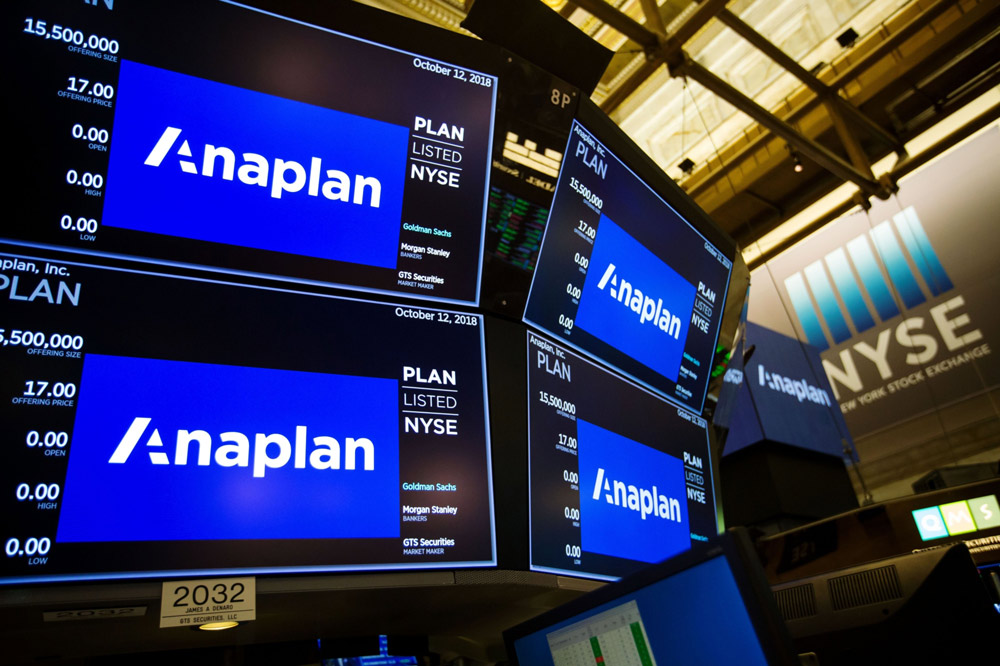Sophisticated demand planning employs real-time computational capabilities and AI and ML. Having access to external data – market signals or weather data – is essential for making good decisions.
Constant and unpredictable change has become a norm for enterprises today, and many have learned to anticipate and handle it at a moment’s notice. However, with the right foundation, it’s possible for organisations to achieve results in the face of disruption which earlier were difficult to even imagine. If we can approach change as an opportunity and learn how to work with, not in spite of, it, we will be able to fuel unstoppable creativity and growth.
Data can be the unlock for this transition, but only if it’s used correctly. It can help enterprises plan for and anticipate change, but too much data can also overwhelm businesses that are not prepared to properly analyse and leverage it. Teams must act quickly and confidently to turn data into insights so that decision-makers can turn those insights into strategic actions. Getting there requires deeper trust. Businesses must trust their IT systems, for instance, to make recommendations and even strategic decisions for them, whether automatically re-allocating resources, shifting territories, or updating forecasts in real-time.
This trust in data and systems serves as an essential building block for the next frontier for data-driven organisations – what we call the autonomous enterprise. The autonomous enterprise is more than just intelligent planning and decision-making. It is a state of being in which tightly woven business units, processes, products, technologies and people all move in unison. Small, unnoticeable company and market changes are automatically detected and transformed into prescriptive, insight-driven actions. Tasks are delegated, workflows are automated, and data is put to use, allowing you to uncover and act on new opportunities faster than your competitors.
The benefits of this autonomous approach have become particularly obvious in the last two and a half years. Data-driven retailers have been able to act fast to identify and react to surges in demand or changes in buying behaviours, turning a clamour for trousers, for instance, into a new line of athleisure wear for the world of remote work. Similarly, an ambulance company puts data to work by leveraging AI and machine learning to predict daily emergency calls more accurately. With this data in hand, the ambulance service has been able to create workforce plans to ensure that the right resources are immediately available when needed.
Getting to this point of autonomy and trust, however, requires embracing solutions that can seamlessly conduct complex analyses using large volumes of data to guide more refined decisions.
Learning from the autonomous vehicle about autonomous enterprises
Drawing a comparison to the automotive industry, which is going through its own transformation in its move toward autonomous driving, is a good way to understand the scale of the benefits of autonomous functions. The transformation to enable self-driving cars is very similar to the journey many enterprises are beginning.
Before cars incorporated intelligence, everything was manual and analogue. It’s only in recent years that this has shifted, in an effort to make driving safer.
Auto manufacturers started adding alerts to notify drivers of hazardous conditions. The introduction of backup cameras eliminated the need to take your eyes off the road. And blind-spot monitoring and lane departure warnings have created a safer experience for everyone driving.
Today, the automotive industry is still evolving to include more sophisticated automation, such as advanced driver assistance systems (ADAS), which can supplement or even replace the driver’s involvement. However, vehicles equipped with modern ADAS systems necessitate entirely new infrastructure, such as high-definition cameras, LiDAR, multi-core central processing units, and AI algorithms. All of these systems are connected. They collect and evaluate gigabytes of data each second and do advanced modelling.
SaaS solutions are analogous to this technological progress in the automotive industry. Sophisticated demand planning, for example, employs real-time computational capabilities, advanced intelligence like AI and ML, plus refined modelling, to tie demand forecasts to inventory strategies, enabling retailers to adjust stock levels at a moment’s notice based on changing ‘road’ conditions.
How do we reach full autonomy?
Deciding when and how to deploy automation depends on the nature of the business and other factors, from organisation culture to regulations. For that reason, it’s critical to continuously evaluate what needs automating. On this journey to reach full autonomy, whether a self-driving car or a global business, there are five key capabilities required.
First, it’s access to a variety of data. Businesses need to realise – and embrace – both new and traditional data sources, like purchase history and social data, as they plan and make decisions. Think of a car that needs to see the road, traffic and pedestrians – all while monitoring its speed – in real-time.
A great user experience is a second necessary element. A UX that offloads complexity makes it easy to use and trust insights that lead to correct outcomes.
Your SaaS system needs to have the computing power to anticipate change and act fast
Then, it’s intelligence. Powerful AI algorithms can produce meaningful insights that can be used to drive decisions, such as collision avoidance or adjusting inventory levels based on social trends or inflation rates.
A fourth ingredient is speed. Your car (or SaaS system) needs to have the computing power to anticipate change and act fast. To go back to our auto analogy, Tesla’s chip powering its self-driving capabilities can perform 36 trillion operations per second. This is a vital element to drive the autonomous enterprise forward.
And finally: scale. The systems you put in place need to be able to evolve as your business continues to grow and change. This scalability can be enabled through the reach of your platform and its computational power. Self-driving cars need to process huge volumes of data, but they also require sophisticated real-time processing to navigate changing road conditions.
Getting comfortable with technology in the driver’s seat
As humans, it’s often difficult to let go, but, as we’ve seen with the rise of automation in the auto industry, we are adaptable to new types of technology that ask us to cede control. Today we embrace things like lane-departure assist and automatic brakes because we understand their value in giving us more confidence on the road, especially in unfamiliar terrain.
Of course, there’s a reason why city streets and highways are not yet filled with fully autonomous vehicles. Establishing trust and safety in complex systems is a huge challenge, one that machine learning and AI are helping to solve.
You will find your own challenges on the path to building an autonomous enterprise, but it’s important to keep in mind that this is a journey, not a destination. Having access to external data – market signals or weather data – is essential for making good decisions, but data access and management are not simple. On top of working with your team to harness the power of data, look for solutions that can help build and establish trust. For example, low-code and no-code platforms – and an emphasis on integrations – make third-party data easy to access and act on, plus they reduce the burden on IT teams to make business applications useful, which means your users can be in charge.
The transformation we are seeing in the business sector is a necessary progression for organisations that want to drive growth, even in complex markets. Companies are seeing the value that agile, insight-driven operations can provide in the face of upheaval and volatility – they are recognising the need for the autonomous enterprise. Over time, the path towards autonomy will offload complexity, allowing organisations to focus on what matters most: using change to their advantage.
Rohit Shrivastava is chief product officer at Anaplan



